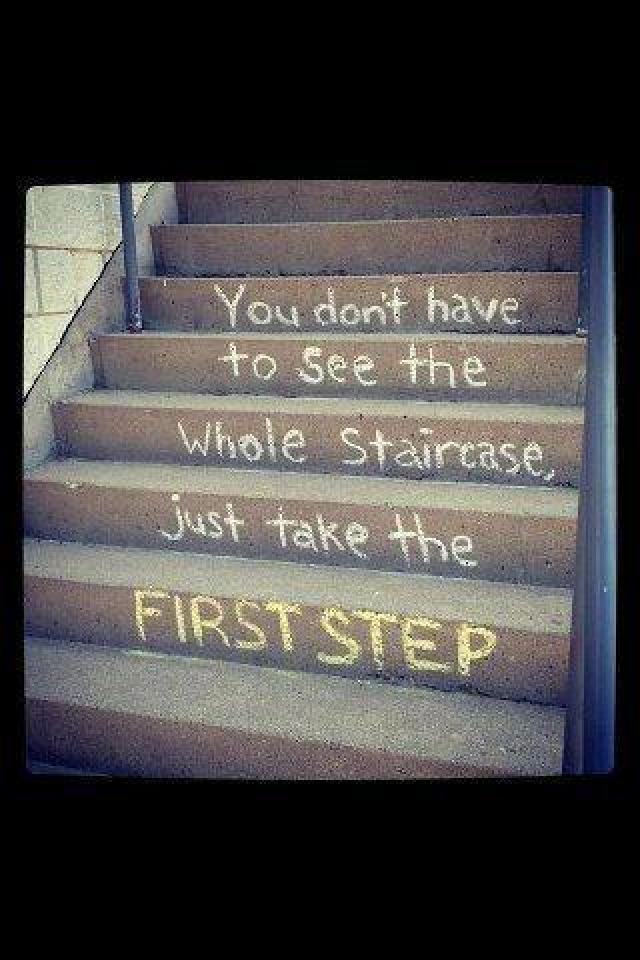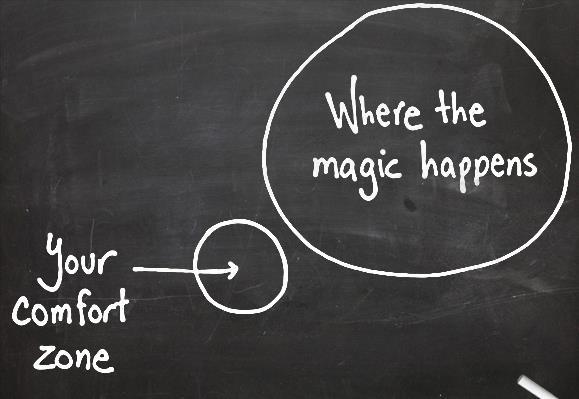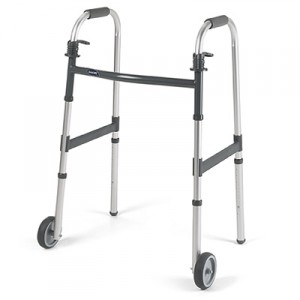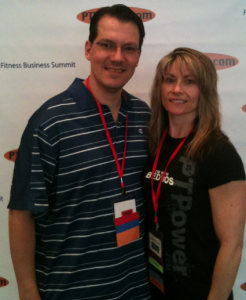
Here’s my fellow Canuck and all round good guy, Rick Kaselj. We often meet at ‘mastermind’ meetings where top fitness trainers gather to share their knowledge. We were in San Diego and my elbows were screaming at me so I decided to corner ‘exercise for injury’ guy, Rick for some answers.
Here’s what Rick had to say about how to ‘save your elbows’: (I hope it’s not too late for me!)
Before I help you with your elbow pain, let me just say, “great work”.
Excellent job on taking on the Shawna’s challenge workouts, you’re are awesome.
Now let’s get to your injury.
The top three areas that people injury are the lower back, shoulder and knee.
But for today, lets focus on an injured area that is not in the top three, the elbow.

Many times when it comes to the elbow, the injury can be due to trauma or repetitive use.
When it comes to people that do challenge workouts, it is often times repetitive use that leads to the injury.
3 Things You Can Do RIGHT NOW About Your Elbow Pain
Let me go through three actions you can take right now to help improve your elbow pain.
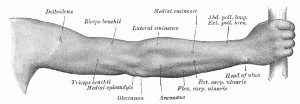
#1 – Look at Your Grip
The grip that often leads to elbow pain is a power grip.
A power grip is the way your do a human flag or grab a dumbbell.
When the elbow is in pain or injured, we worry that we might lose our grip or let go of what we are holding so we increase the intensity of our grip.
In your workout and what you do day to day, try to decrease how much power grip you perform or try to use a different kind of grip.
#2 – Massage the Muscles
The best thing is to get someone skilled to help with your muscle recovery.
Between massage sessions, what you can do is self massage.
You should do this to the muscles around the elbow.
In the elbow area this helps with recovery, moves metabolites out and helps with circulation.
#3 – Deep Stretching
A lot of times what people will do is a forearm stretch. This is good but you need to do a deeper stretch to really help things.
In the video here I go through a deep arm stretch which will help your elbow out.
(You can see how difficult of a time that Shawna had with stretching in the video.)
The Last Word
We all get injured from time to time. One of those areas that aches but is never bad enough that we stop training is often the elbow.
There is a lot you can do to help overcome that elbow pain that won’t slow your workouts down, won’t force to you take workouts off or lead to expensive medical appointments.
I go through three that you can do right now.
So remember, decrease how much power grip you do during the day, massage the muscles around your elbow and do some deep arm stretching.
That is it. Thanks so much for reading and have a great pain free day.
Rick Kaselj, MS

Who is this Rick Kaselj Guy?
Rick Kaselj is a personal trainer that focuses on helping clients overcome their injuries. Rick’s specialization is the shoulder and did his Masters’ degree project on designing effective exercises for the rotator cuff. He shares with shoulder pain suffers and fitness professionals what he has learned in school and from his client’s and has put it all into the Shoulder Pain Solved program.

If you’d like to check out his Shoulder Pain Solved program, check it out here.
Check out Rick’s blog here: http://ExercisesForInjuries.com

